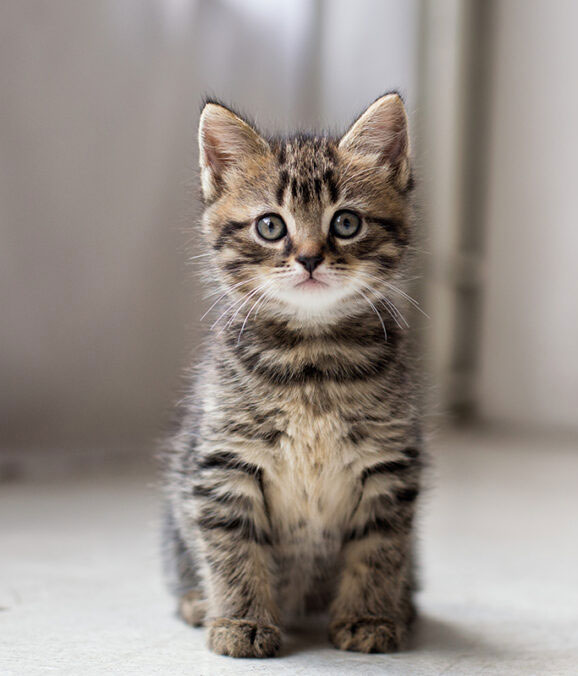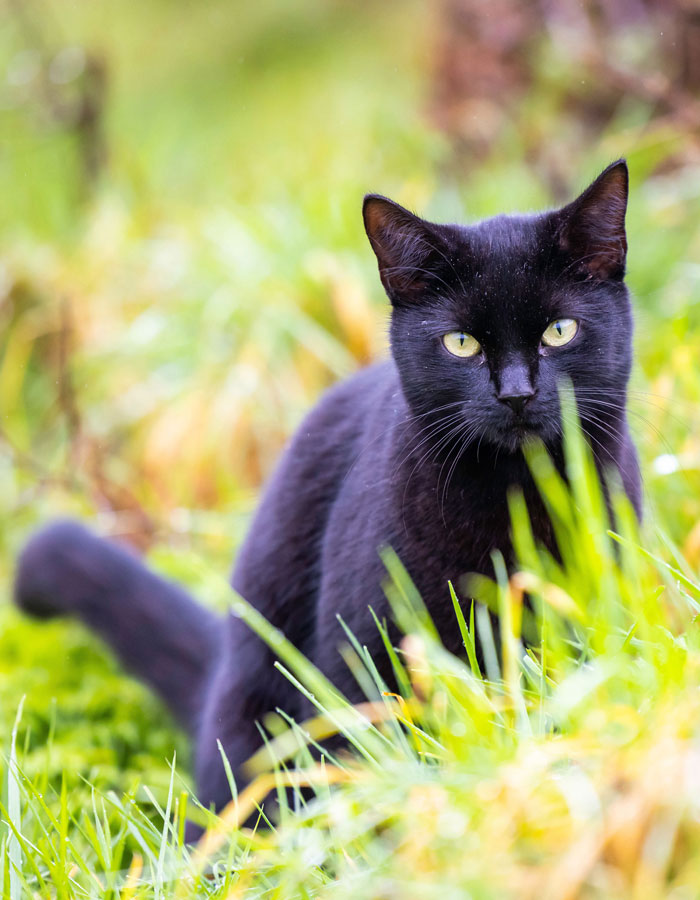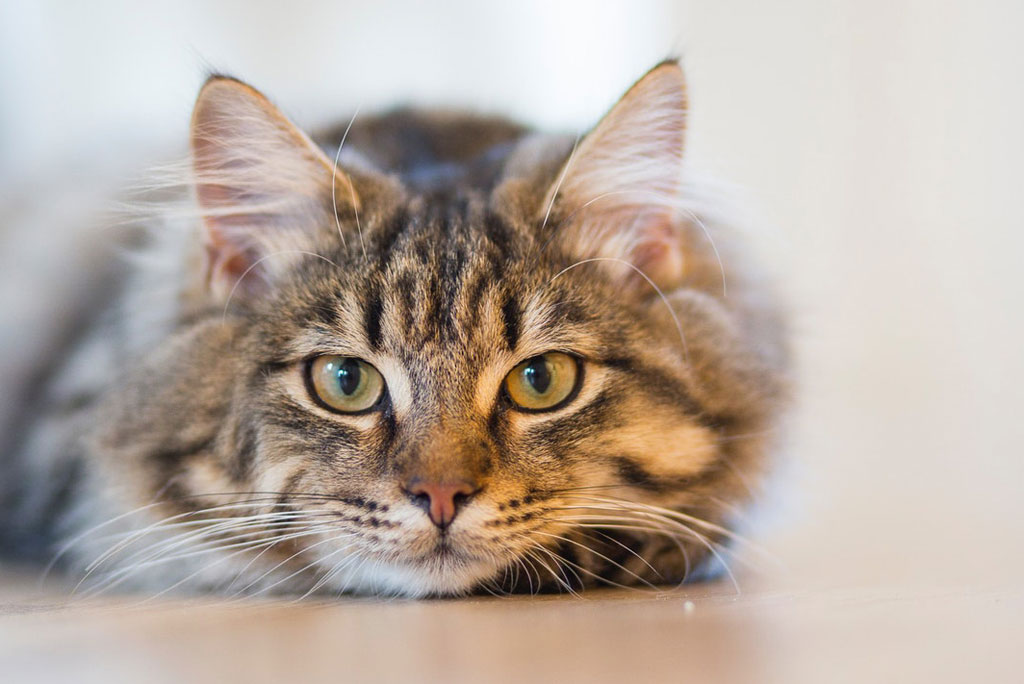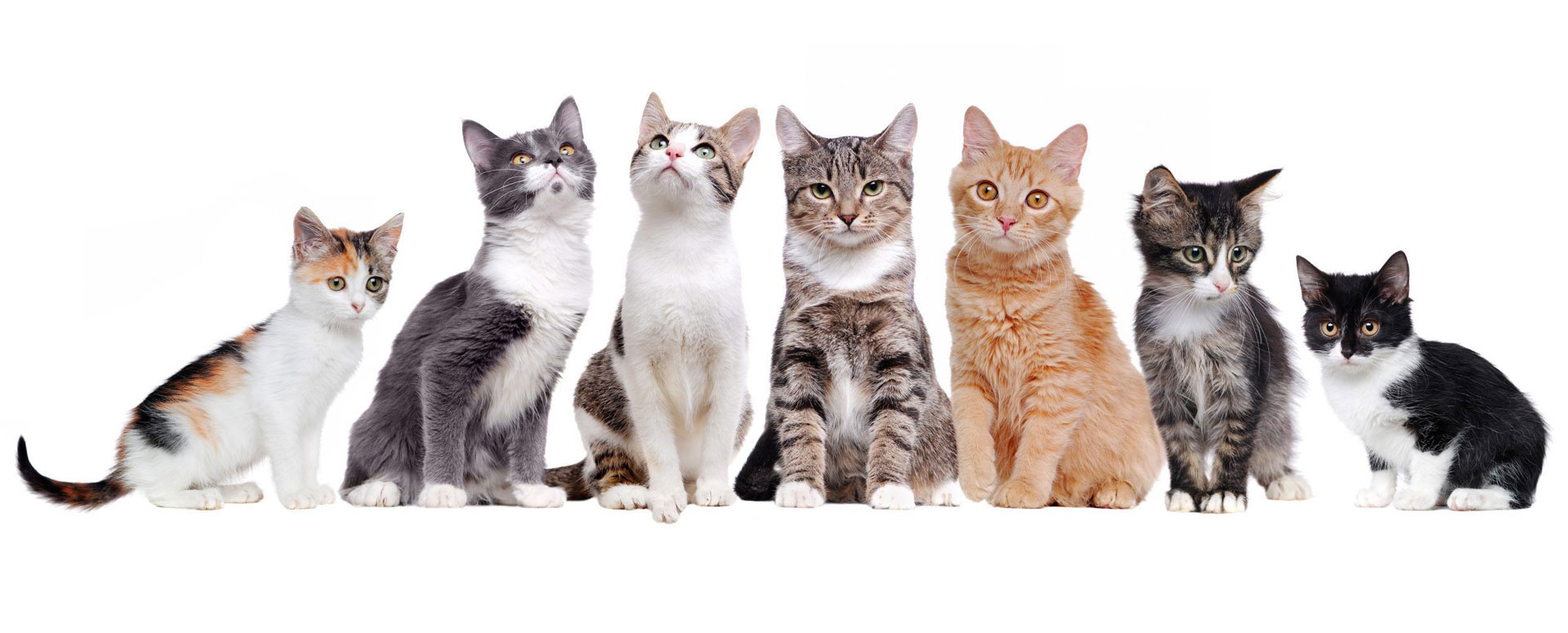How is FCV treated?
FCV infections are often complicated by secondary bacterial infections, so supportive treatment with antibiotics is usually required. Good nursing care is critical, and your cat may need to be hospitalised for a drip and nutritional support (feeding tube) in severe cases. Steam inhalation or nebulisation can help in cats with severe nasal congestion, and, as your cat will not be able to smell food well, using tinned or sachet foods that are gently warmed will help. Affected cats should be given pain relief, as the ulcers in the mouth and throat can be very sore.
In colonies of cats, any cat showing signs should be isolated and barrier nursed if possible (this is where personal protective clothing such as gloves and aprons are worn, strict hygiene rules are followed, and separate bowls, litter trays and beds are used only for the affected cat).



How your vet will diagnose FCV
In most cases, the presence of typical signs of URI is enough for a diagnosis of FCV (and/or feline herpesvirus – FHV) infection. If a specific diagnosis is needed, swabs can be taken from the eye or throat/mouth and sent to a veterinary laboratory for testing.
How is FCV spread?
The virus is spread between cats through:
- Direct contact with saliva or discharge from the eyes or nose
- Breathing in sneeze droplets
- Sharing food bowls and litter trays
- A contaminated environment (including bedding and grooming equipment). FCV can potentially survive up to a month in the environment, although it usually survives for around 7-14 days
The virus mutates readily, meaning that many different strains exist, some of which cause more serious disease than others.
How is FCV treated?
FCV infections are often complicated by secondary bacterial infections, so supportive treatment with antibiotics is usually required. Good nursing care is critical, and your cat may need to be hospitalised for a drip and nutritional support (feeding tube) in severe cases. Steam inhalation or nebulisation can help in cats with severe nasal congestion, and, as your cat will not be able to smell food well, using tinned or sachet foods that are gently warmed will help. Affected cats should be given pain relief, as the ulcers in the mouth and throat can be very sore.
In colonies of cats, any cat showing signs should be isolated and barrier nursed if possible (this is where personal protective clothing such as gloves and aprons are worn, strict hygiene rules are followed, and separate bowls, litter trays and beds are used only for the affected cat).

FAQ’s
What is limping syndrome and how is it connected to FCV?
FCV can cause temporary polyarthritis in cats, more commonly in young kittens. This is a common sign of FCV infection and can also occasionally be associated with FCV vaccination (especially where live vaccines are used). The severity of signs varies from mild limping to severe polyarthritis where your cat may be reluctant to move with a poor appetite and painful joints when touched. Cats will spontaneously recover from this, but if they appear to be in too much pain, anti-inflammatory medication may be given to make them more comfortable until signs resolve.
How can FCV be prevented?
Vaccination for FCV is important for all cats. Two or three injections are recommended in kittens, starting at around 8 weeks of age. Cats should then receive a booster as a one-year-old, and after that, should receive further booster vaccines every 1–3 years depending on their risk of infection.
Vaccination doesn’t necessarily prevent infection with FCV, but it greatly reduces the severity of clinical disease. As there are many different strains of the virus, it’s difficult to design a vaccine that protects against all of them, although some newer vaccines incorporate more than one strain of FCV to provide a broader range of protection.
When to contact your vet
If you notice any of the signs mentioned above, or you’re worried in general about your cat’s health, contact your vet for an appointment.